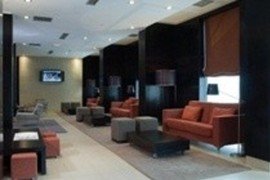Destination Search
Filter Results
-
Board Basis
-
Accommodation Type
-
Star Rating
-
The UK's largest accessible holiday specialist
-
Guaranteed accessible accommodation
-
Many properties personally audited
-
Flights, adapted transfers & equipment hire
Disabled Holidays in Romania
Found 1 exact matches
-

Accessible 4 star hotel
Romania- Bed and Breakfast
- Hotels
- 4 Stars
Opened in 2005, this city hotel is air-conditioned and combines business and leisure in an unique way, ensuring guests' ...
 Please call 0161 260 2218 - Please note we are awaiting access confirmation.
Please call 0161 260 2218 - Please note we are awaiting access confirmation.




